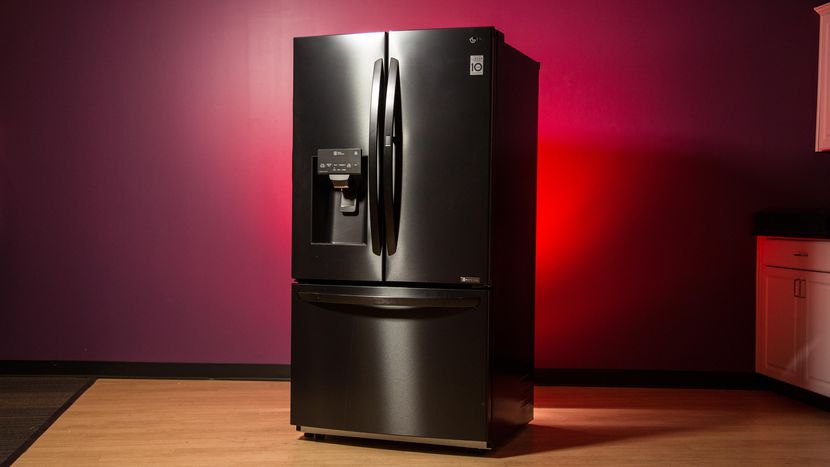
Winter is almost here and with it comes a growing hydro bill.
One of the most important appliances in any home is the refrigerator. It consumes quite a bit of energy and can be very expensive to replace or repair. If you are interested to save some money by conserving energy and put off the time when you’d need to get fridge repair or replacement, we’ve got some good news for you.
With a little bit of extra care and by following a list of simple precautions, you can have the fridge run in a more energy-efficient manner and have its life extended considerably.
Ready? Here we go.
- Replace the rubber seal on the fridge door. You’d be surprised at just how much cold escapes the fridge when this seal is worn. This gasket gets brittle over time and it’s fit becomes less than perfect. A fridge can operate for over five years easily, but the gasket should be replaced every year or so.
- Keep heat away. Ovens, dishwashers and other heat sources make your fridge compressor work in overdrive, spending lots more energy and shortening its lifespan. Make sure it’s not exposed to direct sunlight, and always choose a fridge with a reflective surface.
- Dust up the condenser coils. The coils in the back or bottom of the fridge are there to remove heat from the unit, a function they have trouble with if they are dusty. Keep them clean to increase their efficiency.
- Use the in-door water and ice dispenser. Every time you use the in-door unit, you avoid opening the fridge or freezer doors, keeping the cold in. The less you open the doors, the less energy is needed to keep the temps down.
- De-clutter the refrigerator. A cluttered fridge will have difficulty working efficiently. Decent temperature distribution requires lots of space for air to flow. Avoid large bags and packaging by placing your vegetables and other items directly into the bins or on shelves. This is extra important for the top shelf.
- Keep an eye on the temperatures. Just a small turn of the dial to increase temperatures can save you lots of money while your food remains sufficiently cold. Optimal temperatures for the fridge are ~38°F and 4°F for the freezer. There’s no real need to go colder than that.
- Use the power saver mode. Not all fridges have this function, but if yours does – use it. It will deactivate the built-in fridge wall heaters that inhibit humidity. Unless you have a lot of condensation on the fridge walls, you don’t really need them working.
- Minimize frost build up. Not all fridges have this problem, but if yours does, you might need to do manual defrosting every now and again. The frost build-up can be a drag on your fridge, making it work overtime to keep its cool.